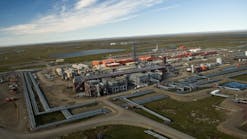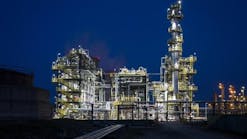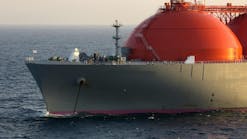Robust commodity prices for oil and natural gas during 1999 bolstered growth in proven US oil and gas reserves, said the US Energy Information Administration in its latest annual report for US oil, natural gas, and NGL reserves.
US proven crude reserves grew 3.5% in 1999 after declining 6.7% in 1998. EIA said that more than 137% of 1999 US oil production was replaced by proven reserve additions, the sum of total discoveries, and the net of revisions and adjustments. "The 1999 rebound in crude oil reserves was fundamentally driven by price increases, just as the [reserves] declines of 1998 had been driven by oil prices that were too low to develop and produce much of the US resource base," EIA noted.
The average wellhead price of US-produced crude in January 1999 started rising from the inflation-adjusted 53-year low of $8.03 recorded in December 1998. The average price reached $22.55/bbl in December 1999, officials said.
Reserves breakdown
US crude oil discoveries-half of which were made in the Gulf of Mexico federal offshore area-totaled 725 million bbl during 1999, closing in on the 10-year average. Almost all new field discoveries-321 million bbl-were in the Gulf of Mexico and Alaska. Other discoveries were field extensions and new reservoir discoveries in old fields.
Natural gas discoveries in the gulf declined from 1998 to 1999, but the region remained the major source of new finds of US gas. Total US gas discoveries fell to 10,807 bcf during 1999.
Texas, which experienced large gas reserve increases in 1999, was the second major gas source for the US. It also reclaimed its positions as the US state with the largest number of crude oil reserves, after the state experienced the largest increase in proven oil reserves for 1999.
US dry natural gas reserves rose for the fifth time over the last 6 years, up 2% in 1999 after falling 2% during 1998. Gas reserve additions for 1999 replaced 118% of US gas production.


